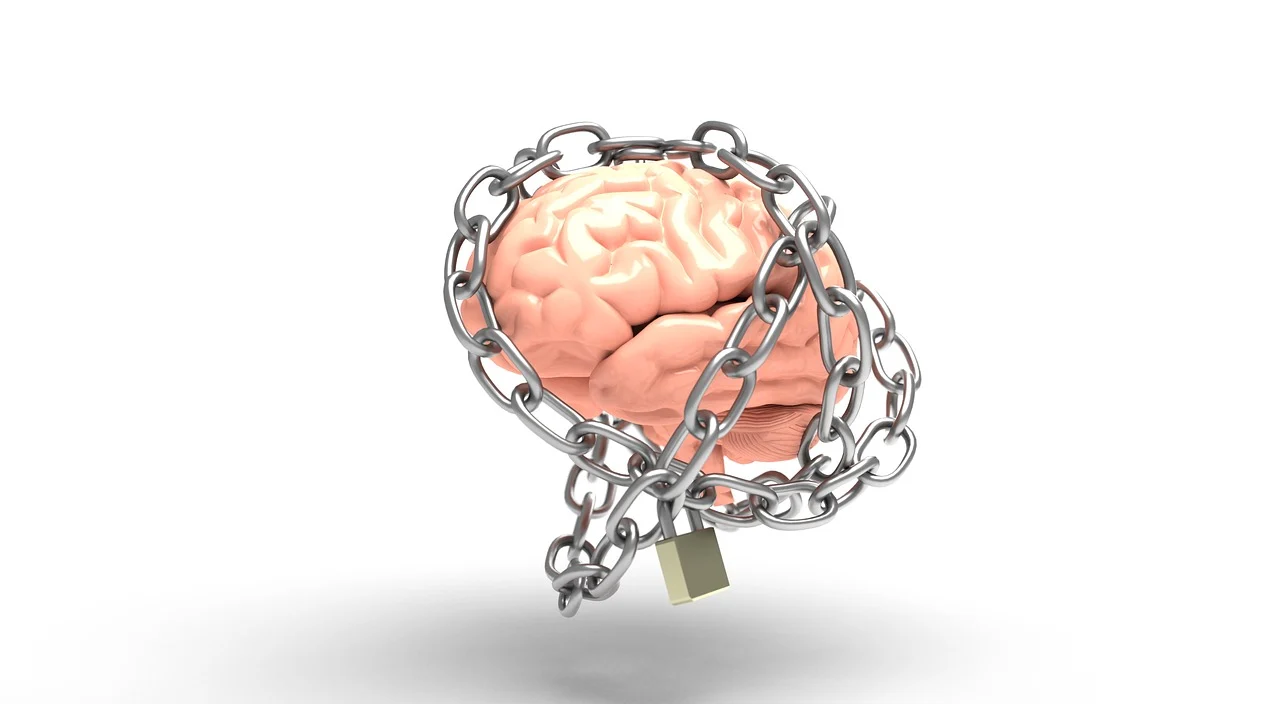The Power of Chain-of-Thought Reasoning
First Published on 21 June 2023.
Introduction:
Artificial intelligence (AI) has made remarkable strides in natural language processing (NLP), enabling tasks like sentiment analysis, text generation, and translation. However, when it comes to complex reasoning tasks involving multi-step problem-solving, AI has faced challenges. That’s where the concept of chain-of-thought (CoT) reasoning comes into play. In this blog post, we will explore the fascinating world of CoT reasoning and its potential to enhance AI’s cognitive abilities.
Prompt engineering has been instrumental in tailoring AI models to specific tasks, ensuring accurate predictions and outcomes. However, cognitive tasks like math word problems, symbolic reasoning, and commonsense reasoning have remained challenging for AI models.
This blog post is solely an overview of this paper.
The Need for Chain-of-Thought:
Prompt-based learning has been a popular technique to teach AI models desired outcomes. By providing the model with question-answer pairs as prompts, we can train it to answer similar questions accurately. However, it has been observed that simple prompts consisting only of questions and answers often lead to incorrect results in cognitive tasks. To address this limitation, researchers have developed chain-of-thought reasoning, a promising technique designed to enable AI models to tackle complex reasoning tasks effectively.
Understanding Chain-of-Thought Reasoning
Unlike standard prompting, where models learn from question-answer examples and predict answers for new questions, chain-of-thought prompting emphasizes breaking down complex problems into smaller, more manageable steps. It involves instructing the model to generate not only the final solution but also the intermediate reasoning steps leading to that solution. By employing natural language rationale akin to human reasoning, the model gains the ability to handle multi-step problems with ease.
Benefits of Chain-of-Thought Reasoning:
- Problem Decomposition: CoT reasoning enables AI models to break down intricate problems into smaller, more manageable steps. This decomposition helps models solve complex multi-step reasoning problems effectively.
- Model Interpretability: By generating intermediate reasoning steps with solutions, chain-of-thought provides a way to interpret the model’s behavior. This facilitates the identification and debugging of potential errors in the reasoning path, enhancing the model’s reliability and trustworthiness.
- Broad Applicability: Chain-of-thought reasoning shows promise across various tasks, including math word problems, commonsense reasoning, and symbolic manipulation. Its versatility allows it to potentially be applied to any task that humans can solve using language, making it a powerful and flexible approach.
Chain-of-thought reasoning has demonstrated its effectiveness in various applications:
- Arithmetic Reasoning: AI models equipped with chain-of-thought reasoning can solve math word problems that involve multiple-step calculations.
- Symbolic Reasoning: AI models empowered with chain-of-thought reasoning can manipulate and evaluate symbolic expressions effectively in spaces such as computer algebra.
- Commonsense Reasoning: Chain-of-thought reasoning enables AI models to incorporate commonsense reasoning abilities (This just means what it sounds like).
editor's pick
news via inbox
Nulla turp dis cursus. Integer liberos euismod pretium faucibua

